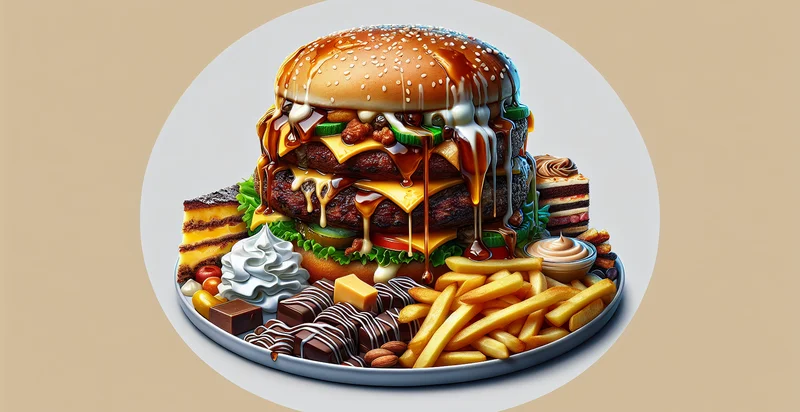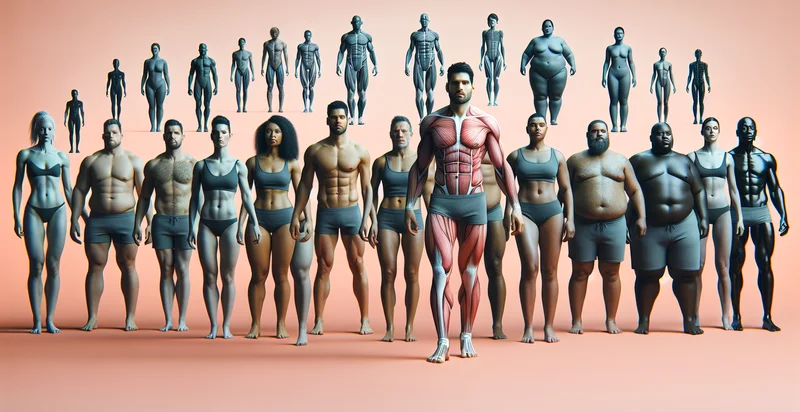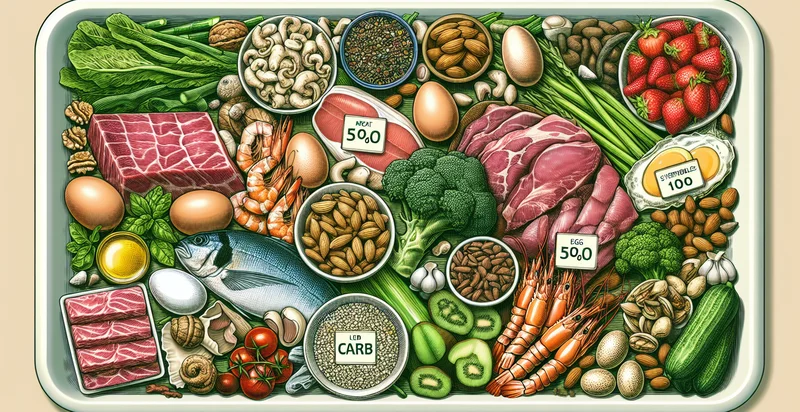Identify if food is high-fat
using AI
Below is a free classifier to identify if food is high-fat. Just upload your image, and our AI will predict the type of food and its nutritional content - in just seconds.

Contact us for API access
Or, use Nyckel to build highly-accurate custom classifiers in just minutes. No PhD required.
Get started
import nyckel
credentials = nyckel.Credentials("YOUR_CLIENT_ID", "YOUR_CLIENT_SECRET")
nyckel.invoke("if-food-is-high-fat", "your_image_url", credentials)
fetch('https://www.nyckel.com/v1/functions/if-food-is-high-fat/invoke', {
method: 'POST',
headers: {
'Authorization': 'Bearer ' + 'YOUR_BEARER_TOKEN',
'Content-Type': 'application/json',
},
body: JSON.stringify(
{"data": "your_image_url"}
)
})
.then(response => response.json())
.then(data => console.log(data));
curl -X POST \
-H "Content-Type: application/json" \
-H "Authorization: Bearer YOUR_BEARER_TOKEN" \
-d '{"data": "your_image_url"}' \
https://www.nyckel.com/v1/functions/if-food-is-high-fat/invoke
How this classifier works
To start, upload your image. Our AI tool will then predict the type of food and its nutritional content.
This pretrained image model uses a Nyckel-created dataset and has 21 labels, including Avocado, Butter, Cheese, Coconut Oil, Fatty Fish, Full Fat Dairy, High Fat, Low Fat, Meat and Medium Fat.
We'll also show a confidence score (the higher the number, the more confident the AI model is around the type of food and its nutritional content).
Whether you're just curious or building if food is high-fat detection into your application, we hope our classifier proves helpful.
Related Classifiers
Need to identify if food is high-fat at scale?
Get API or Zapier access to this classifier for free. It's perfect for:
- Nutritional Analysis Tool: This function can be integrated into food analysis software to help users identify high-fat foods easily. It can assist nutritionists and dietitians in developing customized meal plans for clients aiming for low-fat diets.
- Meal Prepping App: A meal prepping application can use this function to filter and suggest recipes based on users' dietary restrictions. By identifying high-fat ingredients, the app can provide healthier alternatives and guidance for users seeking to optimize their meal prep.
- Restaurant Menu Optimization: Restaurants can utilize this identifier to assess and modify their menus by highlighting high-fat items. This approach can enable them to cater to health-conscious customers by offering low-fat options and displaying nutritional information prominently.
- Food Labeling Compliance: Food manufacturers can implement this function in their quality control processes to ensure accurate labeling. By classifying foods as high-fat, companies can comply with regulatory standards and provide consumers with transparent nutritional information.
- Diet Tracking App: A diet tracking application can employ this function to help users monitor their daily fat intake efficiently. By identifying high-fat foods consumed throughout the day, the app can provide users with actionable insights to help them stay within their dietary goals.
- Health Coaching Program: Health coaches can leverage this identifier as part of their tools to educate clients about healthy eating habits. By highlighting high-fat foods, coaches can facilitate discussions around nutrition and help clients make informed dietary choices.
- E-commerce Grocery Platforms: Online grocery platforms can incorporate this classification function to help users filter products while shopping. Customers can easily identify high-fat items and opt for healthier choices, enhancing their shopping experience and promoting healthier eating habits.


